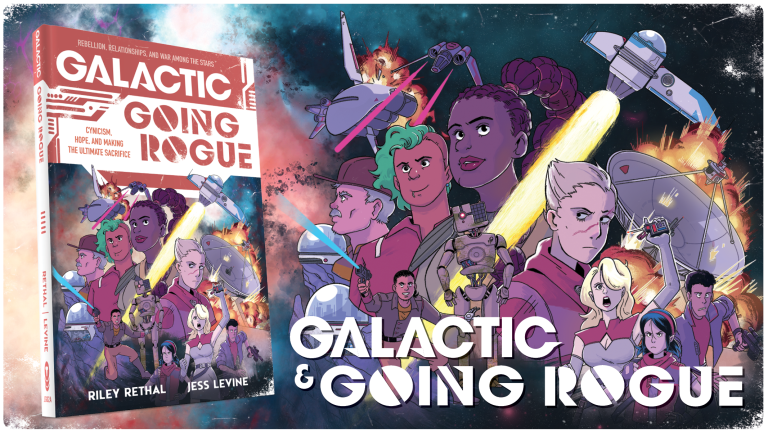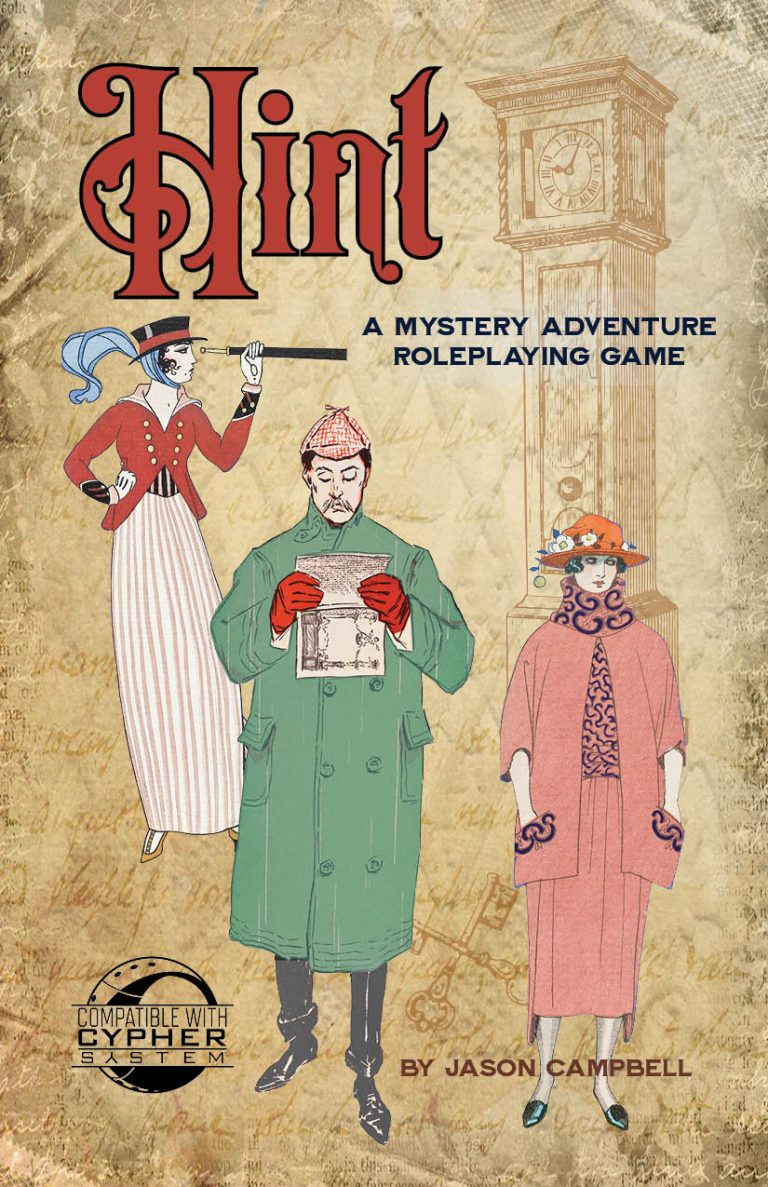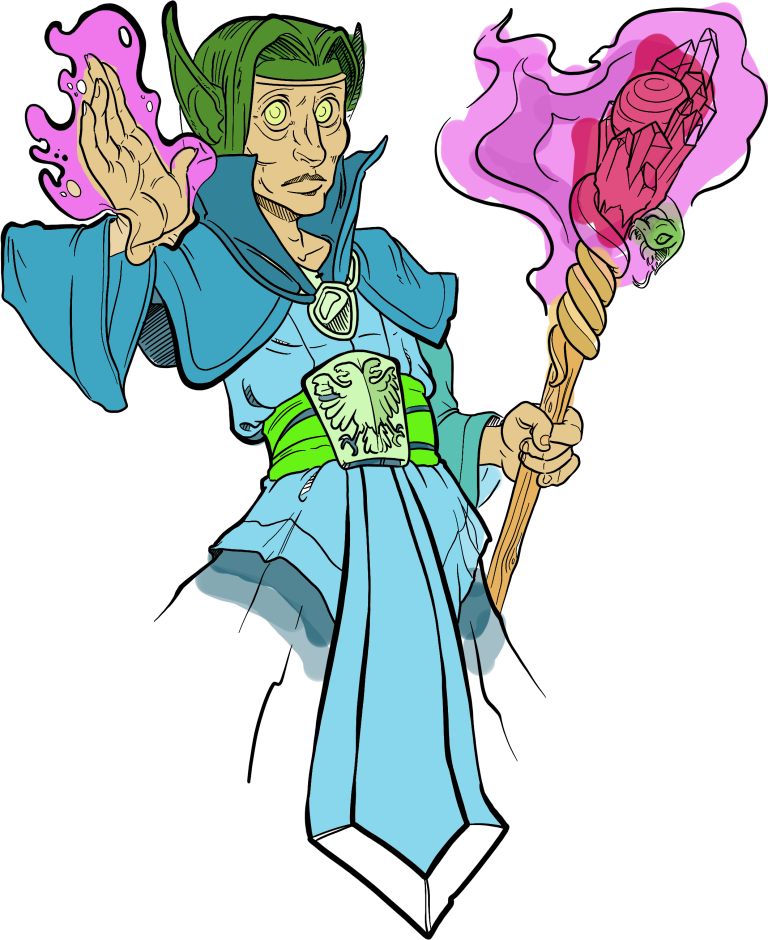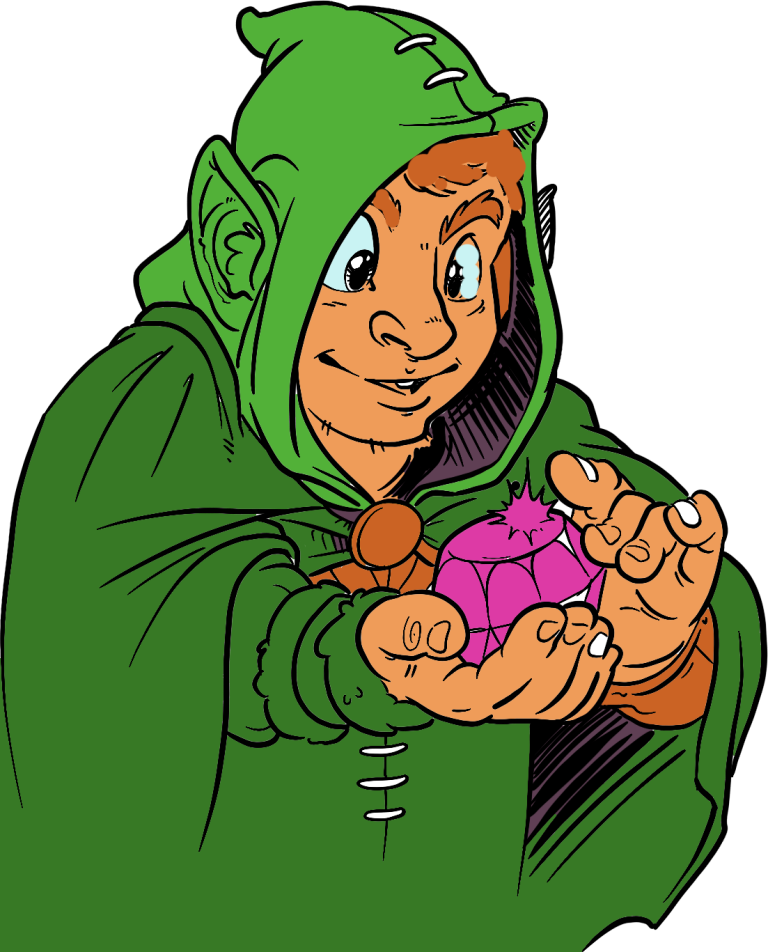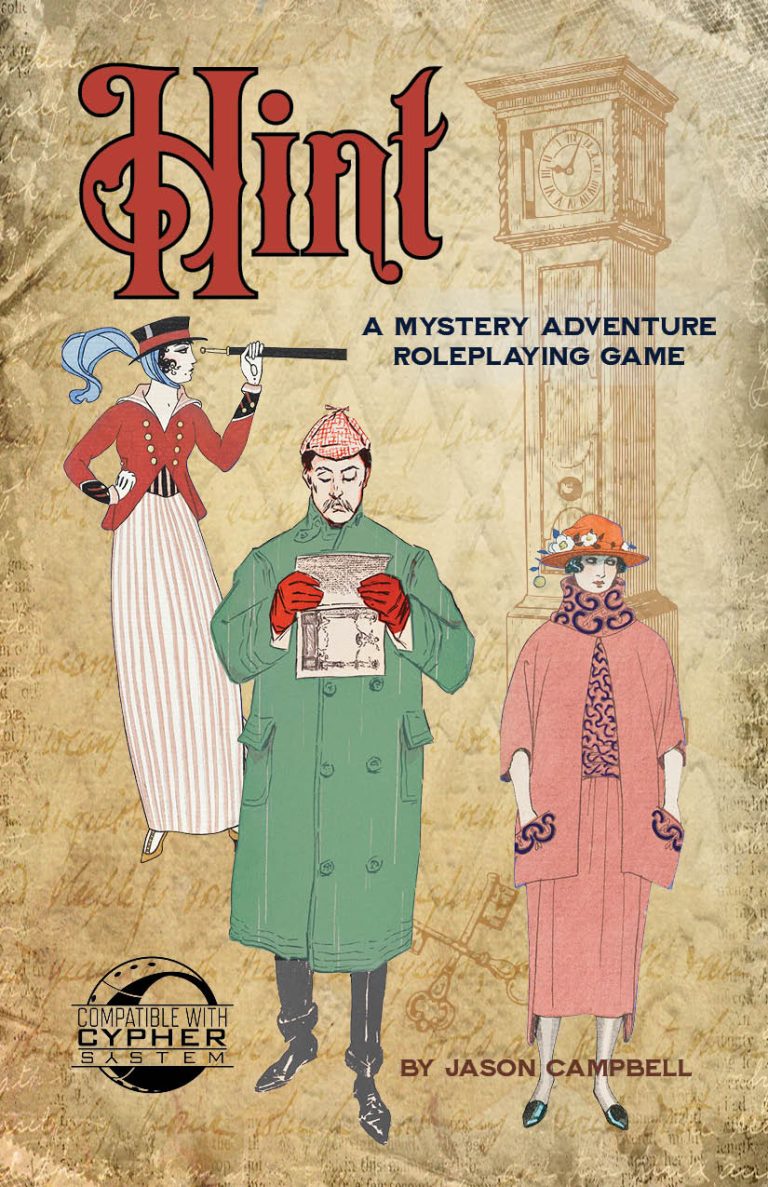by Jason Campbell and GamerMomLuna
This is the first playtest packet for a new roleplaying game being developed by Kobold Press. The project is known as Project Black Flag and as of now the game is titled Core Fantasy Roleplaying. Here’s what we found in this packet.
Core Fantasy Roleplaying Overall
Kobold Press has said that many of their forthcoming products will be designed for Core Fantasy Roleplaying but also compatible with Dungeons & Dragons 5e. It’s not surprising that this packet reflects that, following most of the existing 5e character design structure, in some cases only changing terms.It does note that characters built using Core Fantasy Roleplaying will be slightly more powerful than those created using D&D 5e. This is interesting, as a character created for 5e varies in power, as many character options in Xanathar’s Guide to Everything will build stronger characters than the Players Handbook, and characters built using Tasha’s Cauldron of Everything will be even more powerful than that.
Introduction
The introduction section describes what roleplaying games are, the roles of players and game masters, and elements of the system, which are assumptions about fantasy gaming.
Character Creation
This section lists step 1 as “Create a character concept”. We think this is a great first step as it emphasizes that the player should create an idea of a character and then use the rules to match that concept, rather than starting with a set of powers which you believe will help you win the game.
Step 2 is choosing a class. Since this packet doesn’t describe classes for play test purposes the suggestion is to use 5e classes.
Ability Scores
Three methods are defined for generating character ability scores.
- Rolling 4d6 and discarding the lowest matches this option in D&D 5e. You can also add 2 to any one score and 1 to any other score, with a max of 18 for all scores.
- The point buy method uses a point pool of 35, slightly higher than that of the 5e Player’s Handbook.
- The standard array method is slightly higher for the top two scores compared to the 5e Player’s Handbook.
Ability modifiers match that of D&D 5e.
Lineage & Heritage
Lineage is roughly equivalent to species in D&D 5e, while heritage roughly matches the subraces. In this packet only humans, elves and dwarves are addressed. We assume that more lineages will be addressed in the final game. Lineages address your physical aspects and a few abilities such as having advantage on poison saves. These are in line with common fantasy species concepts in other fantasy TTRPGs.
The heritage options (such as Fireforge and Stone for dwarves) give you additional abilities.
Gaining Levels
The packet defines two methods of gaining levels; tracking XP and using milestones. Both of these match up with the 5e concepts. There are some good tips here for GMs who aren’t used to using milestones.
Backgrounds
There are two backgrounds defined, Scholar and Soldier. Most helpful is the breakdown of what’s included in a background, so that players can create their own.
Talents
Talents are maybe the most exciting part of this packet. While they could be compared to Feats in D&D 5e they are well defined and described. There are three types of talents; magic, martial and technical. Each character starts with one talent, related to your background. Other talents can be added when specified by your character class.
Alignment
Core Fantasy Roleplaying continues in keeping with the concept of alignment as a means to describe a character’s moral code. Similarly to 5e, players can choose their own alignment or select the one given by the character’s Heritage. Through several conversations over the years, many people feel alignment systems are unnecessary, and any sentient being can have any alignment, with a general population leaning a specific way. Calling out alignment feels like an extra, unnecessary step. A suggestion could be to offer a short description of typical moral codes for each lineage.
Overall Impressions
Core Fantasy Roleplaying looks promising. For those looking for a brand new TTRPG, whether that’s “rules light”, “story driven” or ”experimental”, this is not the game you’re looking for. This game is designed so that Kobold Press can release products for their own game property which will also be compatible with the most popular fantasy RPG.
There are some places where future expansion could provide interesting new directions. It will be interesting to watch this project as it grows.


